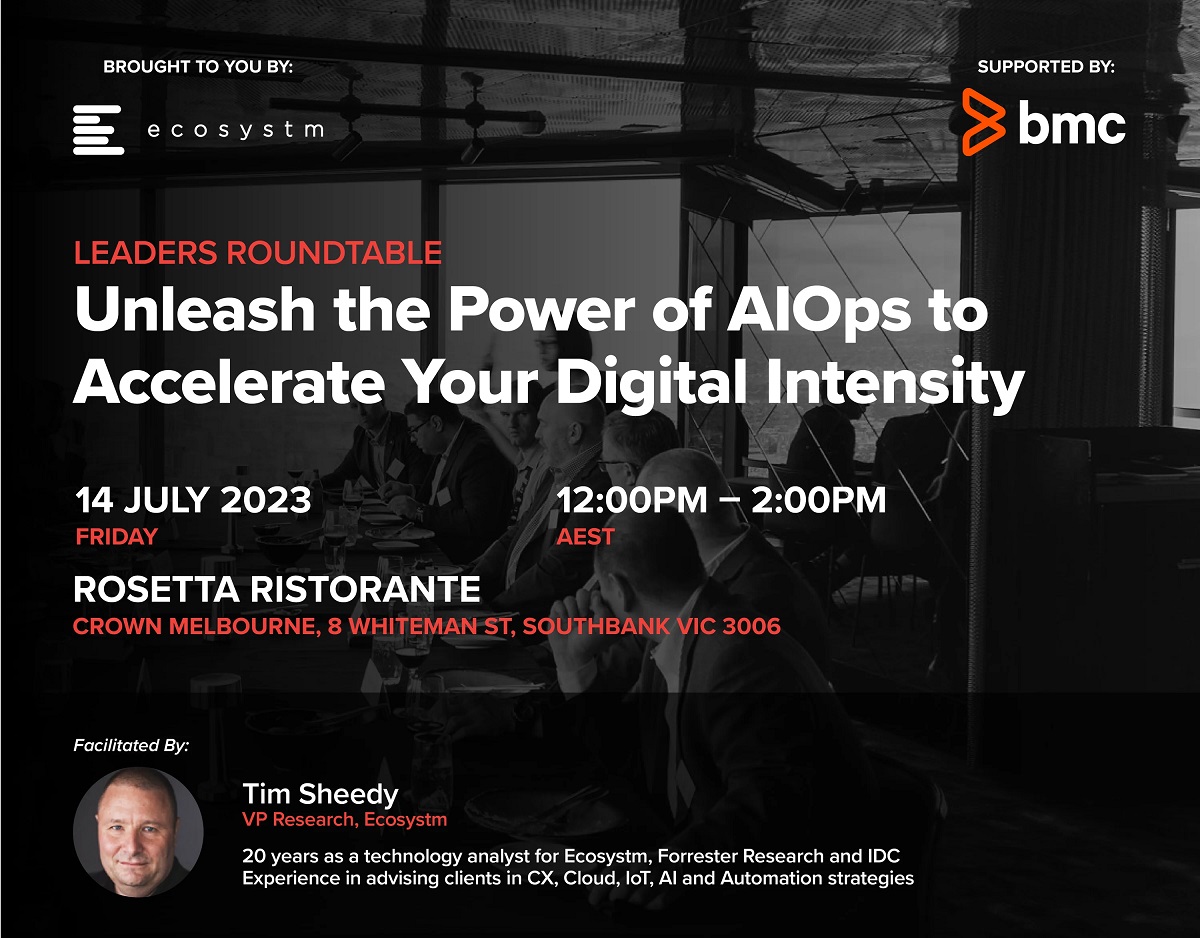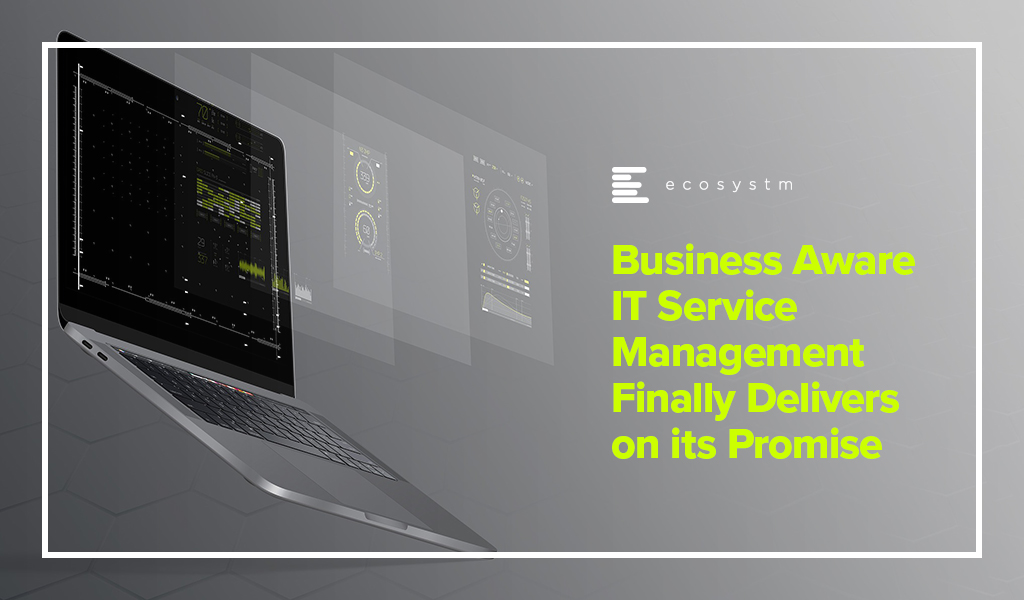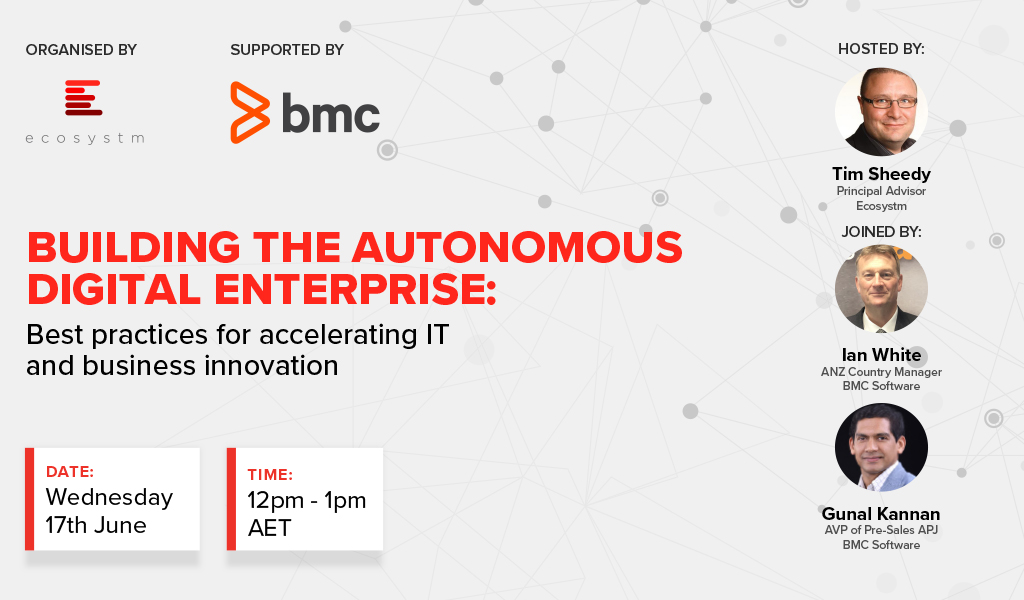Many years ago – back in 2003 – I spent some quality time with BMC at their global analyst event in Phoenix, Arizona and they introduced the concept of “Business Service Management” (BSM). I was immediately a convert – that businesses can focus their IT Service Management initiatives on the business and customer services that the technology supports. Businesses that use BSM can have an understanding of the impact and importance of technology systems and assets because there is a direct link between these assets and the systems they support. A router that supports a customer payment platform suddenly becomes a much higher priority than one that supports an employee expense platform.
But for most businesses, this promise was never delivered. Creating a BSM solution became a highly manual process – mapping processes, assets, and applications. Many businesses that undertook this challenge reported that by the time they had mapped their processes, the map was out of date – as processes had changed; assets had been retired, replaced, or upgraded; software had been moved to the cloud or new modules had been implemented; and architectures had changed. Effectively their BSM mapping was often a pointless task – sometimes only delivering value in the slow to change systems – back-end applications and infrastructure that delivers limited value and has a defined retirement date.
The Growth of Digital Business Strategies
Our technology systems are becoming more important than ever as digital business strategies are realised and digital interactions with customers, employees, and partners significantly increase. Many businesses expect their digital investments to remain strong well into 2022 (Figure 1). More than ever, we need to understand the link between our tech systems and the business and customer services they support.
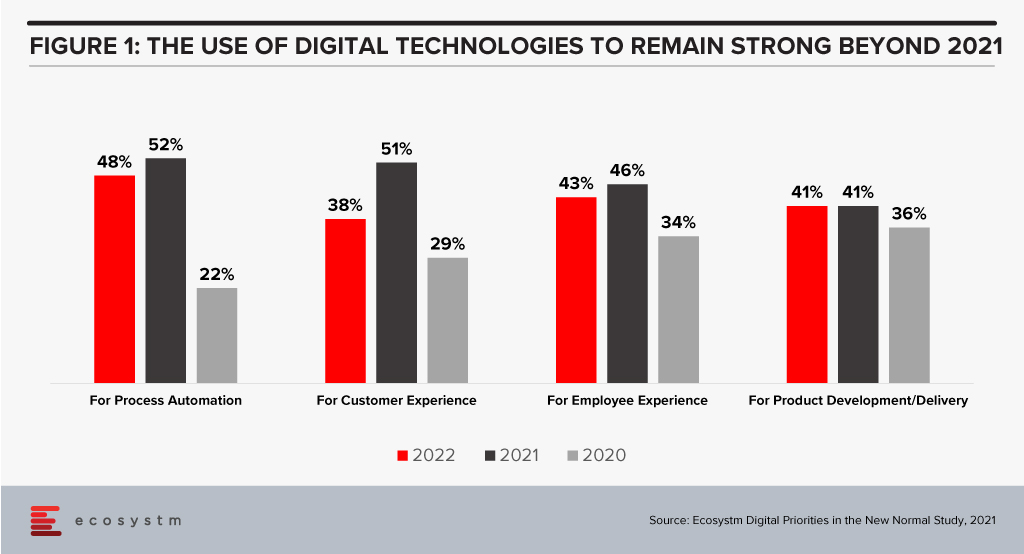
I recently had the opportunity to attend a briefing by ServiceNow regarding their new “AI-Powered Service Operations” that highlighted their service-aware CMDB – adding machine learning to their service mapping capabilities. The upgraded offering has the ability to map entire environments in hours or minutes – not months or weeks. And as a machine learning capability, it is only likely to get smarter – to learn from their customers’ use of the service and begin to recognise what applications, systems, and infrastructure are likely to be supporting each business service.
This heralds a new era in service management – one where the actual business and customer impact of outages is known immediately; where the decision to delay an upgrade or fix to a known problem can be made with a full understanding of the impacts. At one of my previous employers, email went down for about a week. It was finally attributed to an upgrade to network equipment that sat between the email system and the corporate network and the internet. The tech teams were scratching their heads for days as there was no documented link between this piece of hardware and the email system. The impact of the outage was certainly felt by the business – but had it happened at the end of the financial year, it could have impacted perhaps 10-20% of the business bookings as many deals came in at that time.
Being able to understand the link between infrastructure, cloud services, applications, databases, middleware and business processes and services is of huge value to every business – particularly as the percentage of business through digital channels and touchpoints continues to accelerate.

BUILDING THE AUTONOMOUS DIGITAL ENTERPRISE
Best practices for accelerating IT and business innovation
The world has changed, and everyone is discussing the “new normal,” but none of us know yet what it will look like.
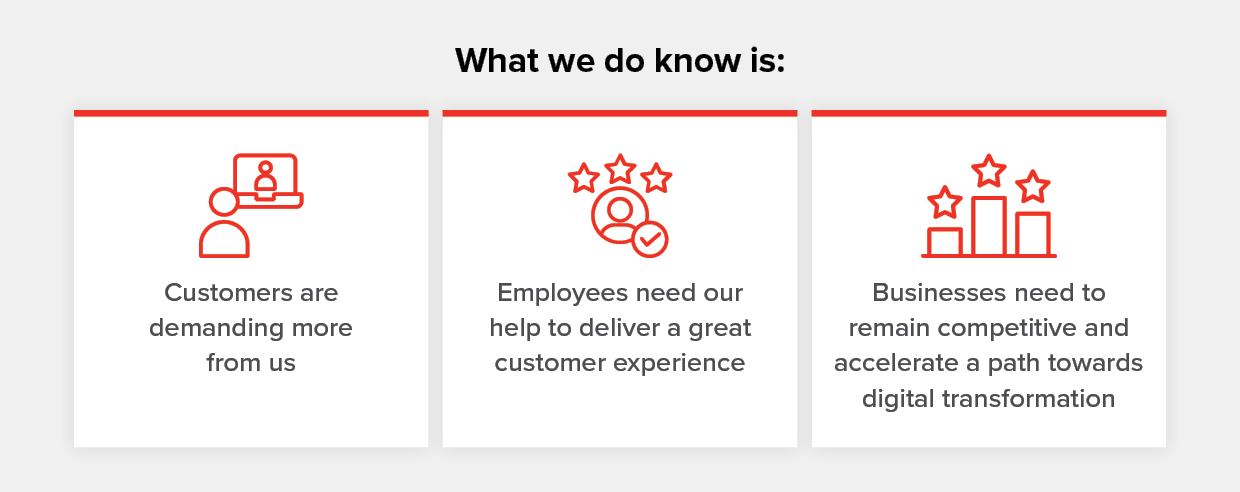
What we do know is:
- Customers are demanding more from us
- Employees need our help to deliver a great customer experience
- Business needs to remain competitive and accelerate a path towards digital transformation
For many businesses, these capabilities are no longer “nice to have” – they’re a requirement for survival.
We also know that businesses in Australia and New Zealand are already responding to these challenges as technology teams embrace cloud, automation, and digital workplaces faster than ever before. And we are taking steps to drive digital capabilities at pace.
As businesses adapt, change, and evolve toward our vision of an Autonomous Digital Enterprise, automation is moving front and center. From new business processes to customer service initiatives and more, intelligent automation is becoming the expectation, not the exception. These changes are already driving dividends, but they still need governance and security, and both cost and performance need to be managed to ensure your IT organisation can consistently deliver a transcendent customer experience.
Get insights and tips from ANZ research and local business leaders and join the discussion to learn how to move toward becoming an Autonomous Digital Enterprise. We can help you create your own “new normal” environment that will enable your business to thrive in the post-COVID-19 economy and beyond.
Spaces are limited for this virtual event moderated by Tim Sheedy, Principal Advisor at Ecosystm, and hosted by BMC. Register your interest today to secure your seat at this exclusive virtual roundtable.


